Geographies of Globalization: Unit 2 Reflection - Economics Module
VerifiedAdded on 2022/09/08
|5
|886
|18
Report
AI Summary
This report provides a reflection on the geographies of globalization, based on readings from Dicken (2011) and Florida (2005). The report explores the core-periphery inequalities resulting from globalization, highlighting the widening divide between the rich and the poor, and discussing how these inequalities are linked to historical processes. It then examines the increased concern for environmental sustainability and the growing awareness of environmental issues, citing examples like the COP21 climate change conference. Furthermore, the report discusses the concept of the 'shrinking world,' analyzing how globalization has accelerated communication and migration, making the world seem smaller and more interconnected. The conclusion emphasizes the importance of considering the complex spatial, temporal, economic, and cultural dimensions of globalization, urging for a nuanced understanding of its implications rather than a simplistic 'good' or 'bad' perspective.
1 out of 5
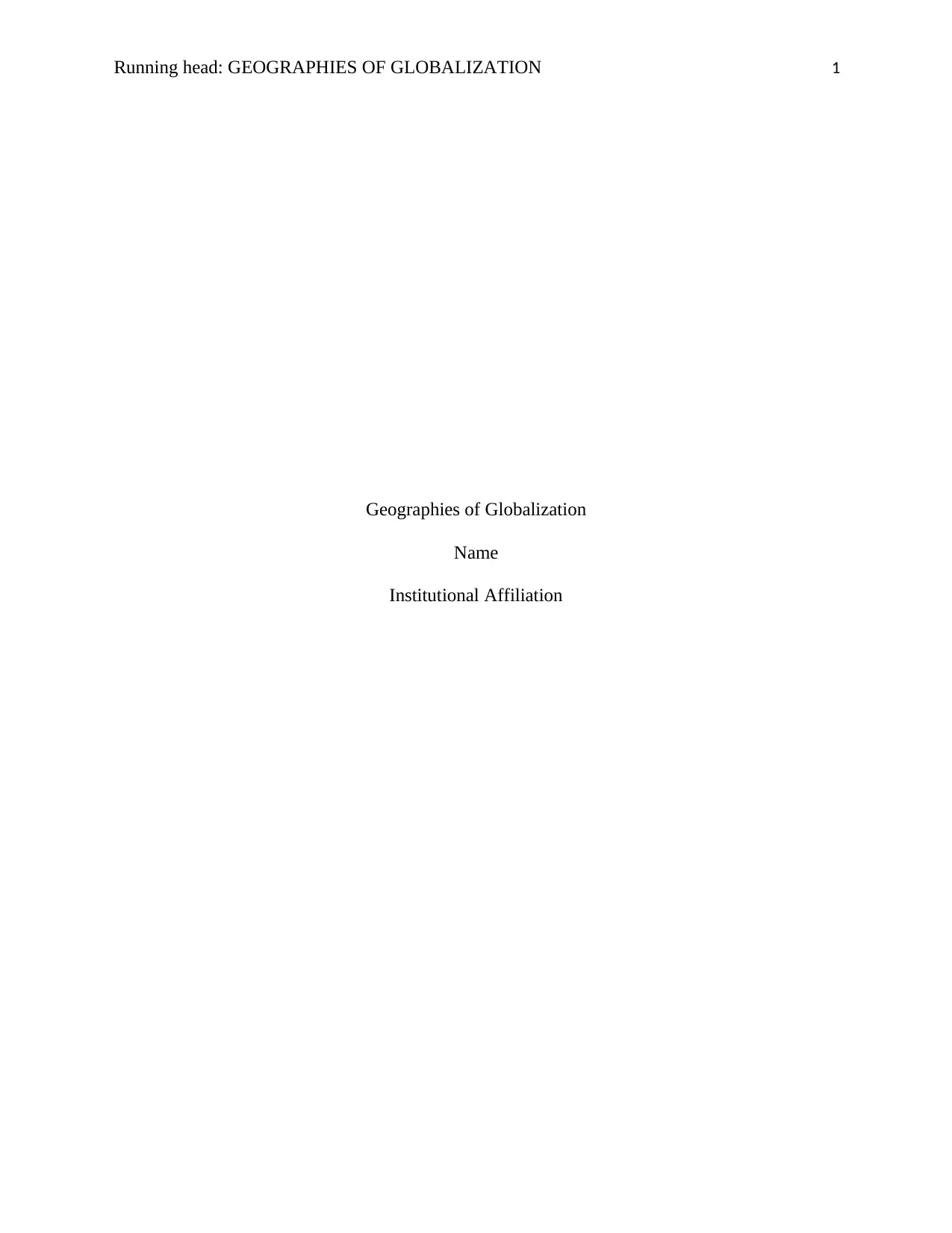
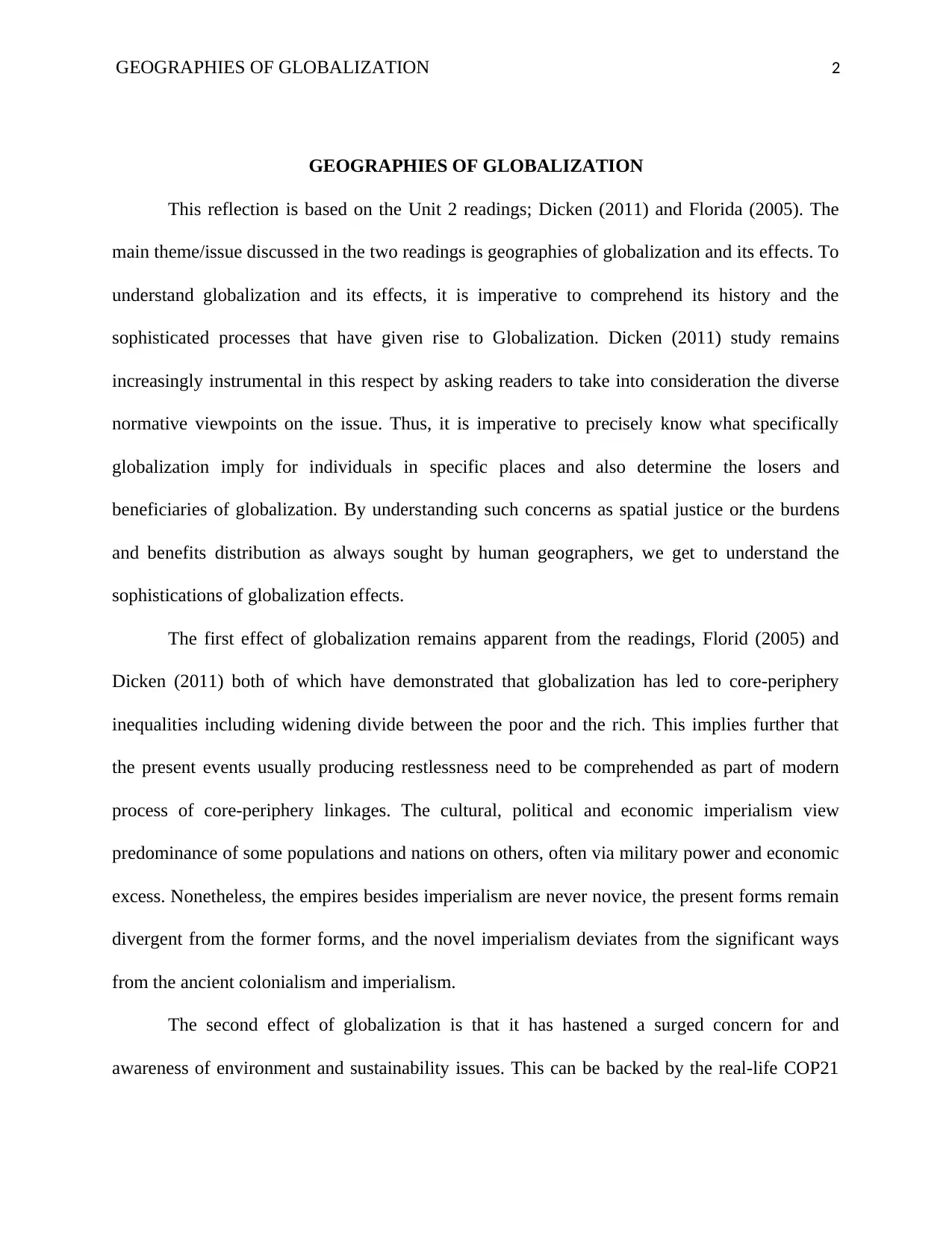
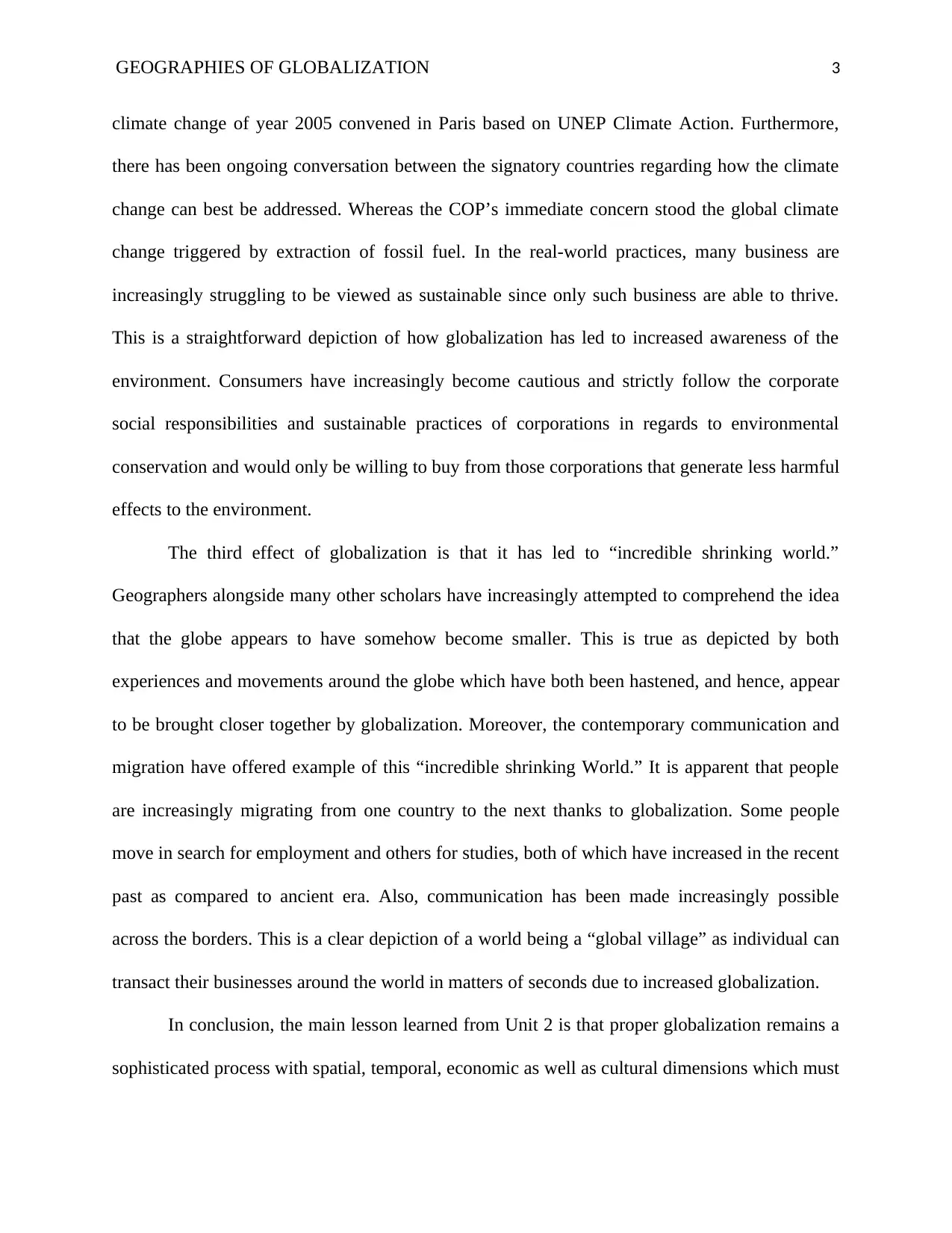

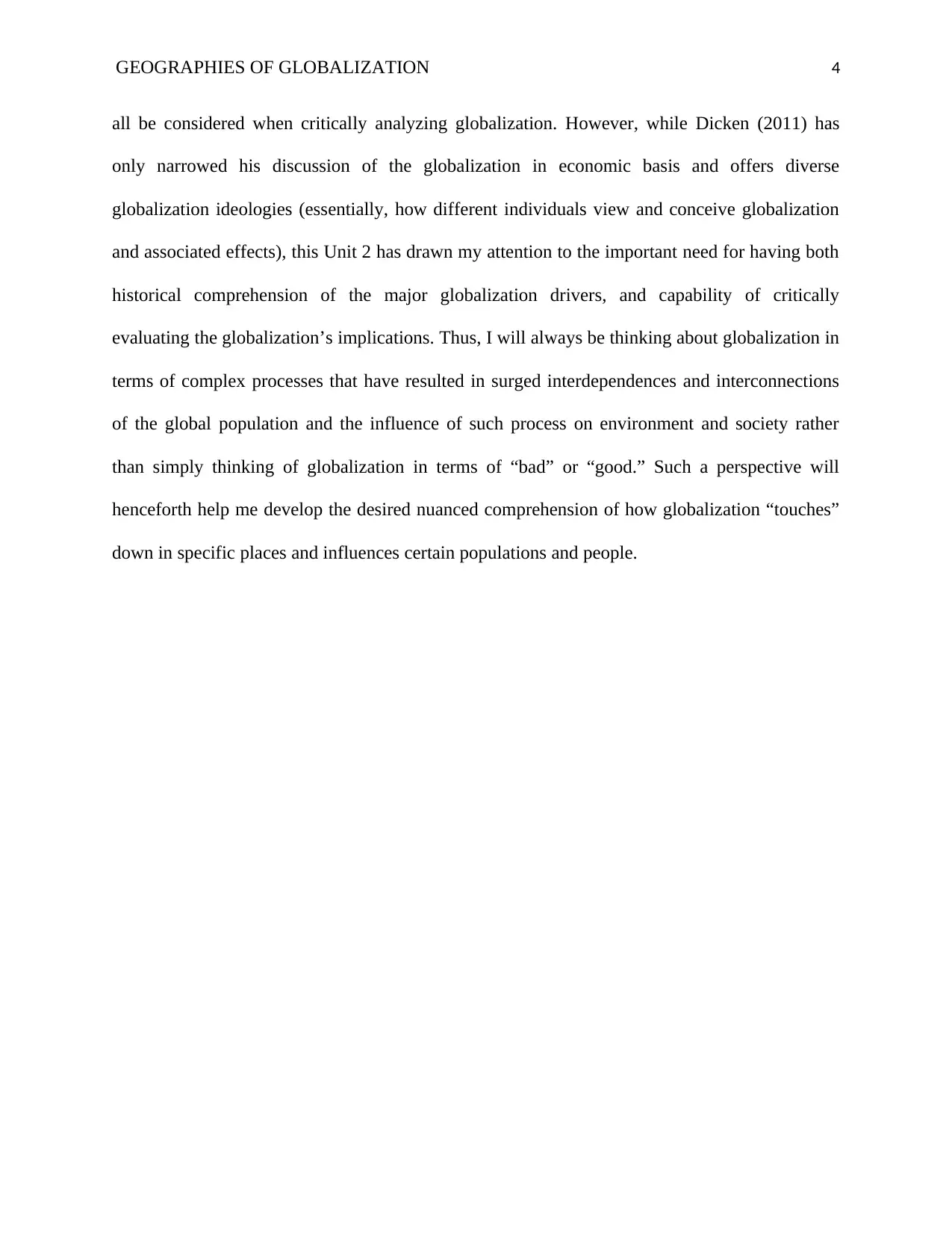
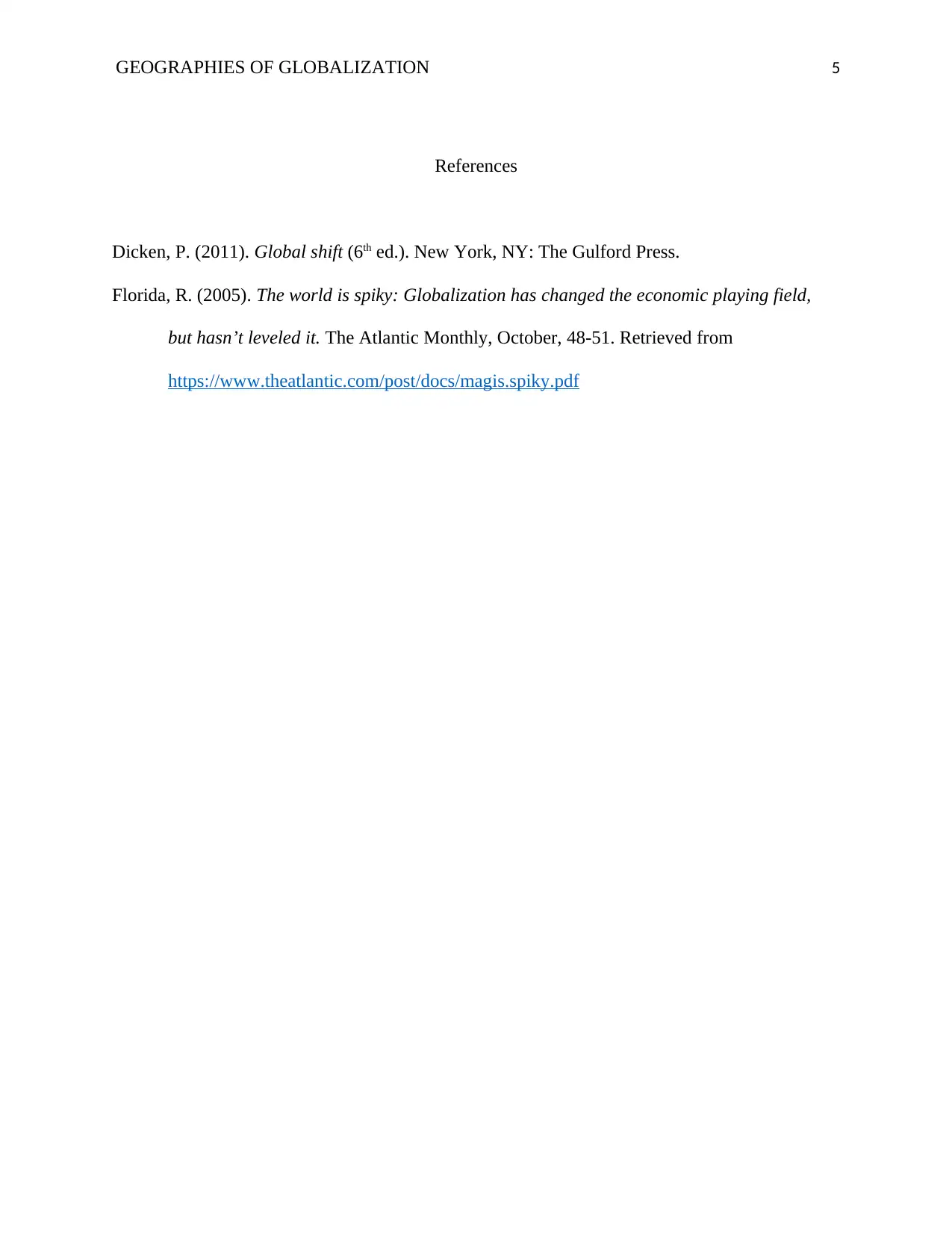
![[object Object]](/_next/static/media/star-bottom.7253800d.svg)